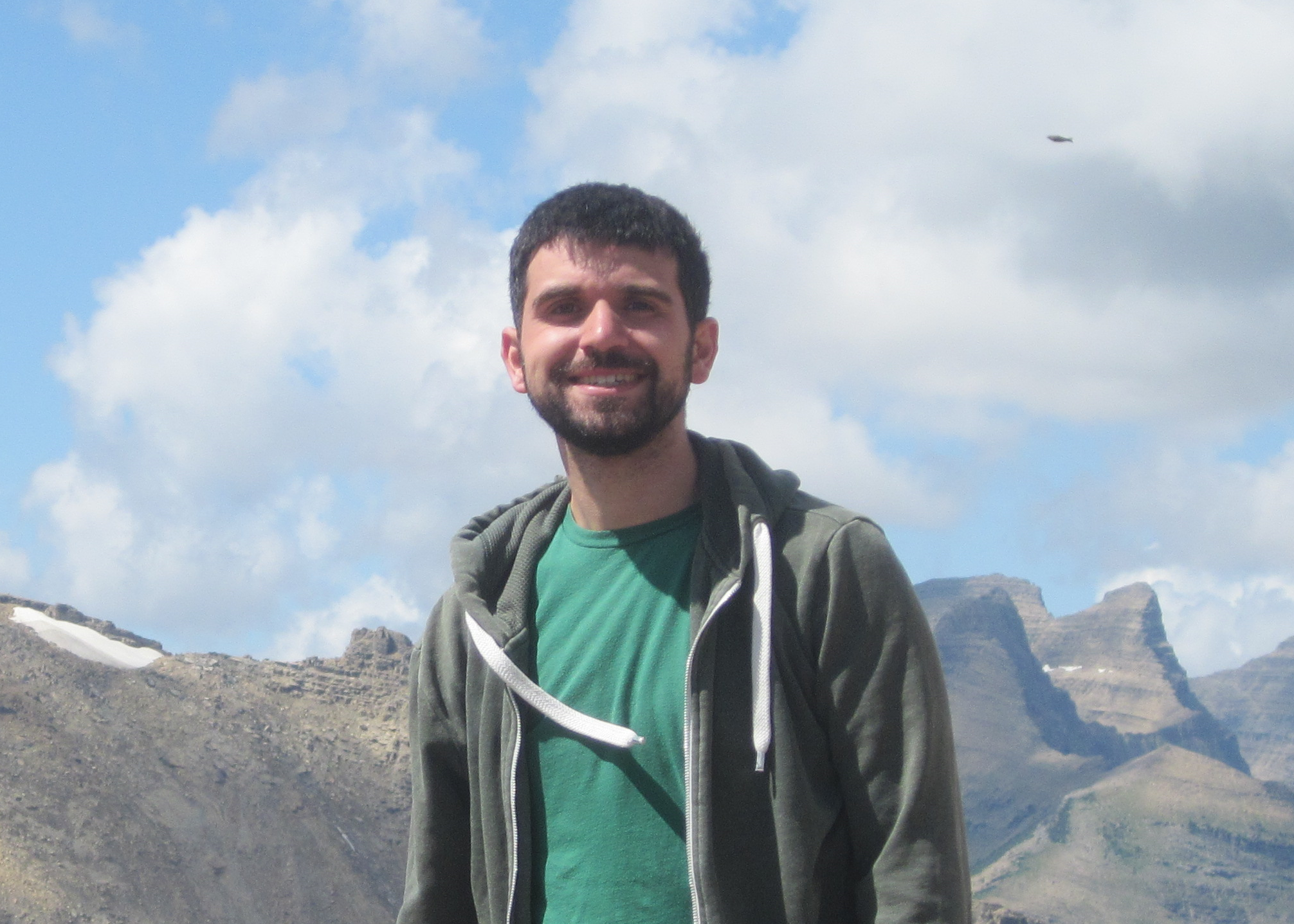Amount Awarded: $23,565
Decades of research suggest that the visual system forms structured representations of object shape, compositionally building up an overall representation from a constrained set of primitives (Palmer, 1977; Marr & Nishihara, 1978; Kellman, Garrigan, & Erlikhman, 2013). Debate centers on three fundamental questions: (1) What are the primitives out of which shape representations are composed? (2) What are the ways in which these primitives can be combined to represent more complex shapes? (3) What sorts of processes affect the composition of these complex shape representations? The project at hand will investigate these questions as they apply to the visual perception of two-dimensional contours. While some experimental evidence supports the view that contour regions are perceptually segmented at curvature minima (i.e., points of maximum concavity along a contour) (Barenholtz & Feldman, 2003; De Winter & Wagemans, 2006), additional experimental evidence supports the view that the bounding contours of objects are coded as a relatively small sequence of constant curvature segments (Baker, Garrigan & Kellman, 2020). According to constant curvature theory, single parts of a contour segmented by curvature minima will typically be described by more than one constant curvature segment. Using a dot localization paradigm (Huttenlocher, Hedges & Duncan, 1991), we will investigate whether constant curvature parts are indeed a more basic component of contour shape representations. We predict that participants will show less sensitivity for detecting changes in a dot’s position on a contour when relocated to the same constant curvature part than when relocated to different parts. We will then investigate the way representations of constant curvature segments combine so as to represent higher-order parts (Aim 2). We hypothesize that representations of neighboring constant curvature segments that have the same curvature polarity (e.g., all are convex) are pieced together into higher-order representations of parts. Using a part-matching experiment (Palmer, 1977), we predict participants will be faster to identify the presence of a target constant-polarity part within a larger shape than a target mixed-polarity part. These constant-polarity parts approximate the parts defined by curvature minima theory. If our hypothesis is borne out, it will be a step toward bringing these seemingly distinct theories into alignment. Finally, we will explore the role of visual attention in the composition of hierarchical shape representations. Some work (e.g., Stankiewicz et al., 1998) suggests that attention modulates shape representations, while other work (e.g., Xu and Singh, 2002) indicates that shape parts are segmented preattentively. Using a visual priming paradigm (Stankiewicz et al., 1998), we will investigate whether attention modulates the level at which fine variations in the details of contours are encoded as essential parts of those contours. This proposal will elucidate the fundamental structure of representations of two-dimensional shape and the role of visual attention in their formation, while evaluating two major theories of shape representation.
Nick Baker, PhD. Assistant Professor, Department of Psychology, Loyal University
Kevin Lande, PhD. Assistant Professor, Department of Philosophy, York University
Denis Buehler, PhD. Assistant Professor, Departments of Philosophy and Cognitive Science, École Normale Supérieure, Paris
Doug Addleman, PhD. Postdoctoral Scholar, Department of Psychological and Brain Sciences, Dartmouth College



